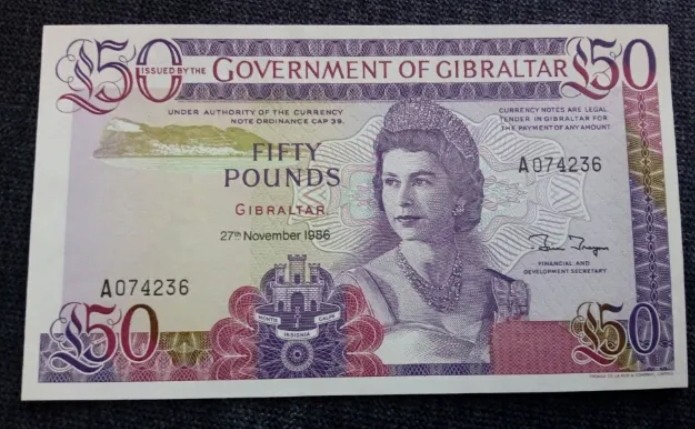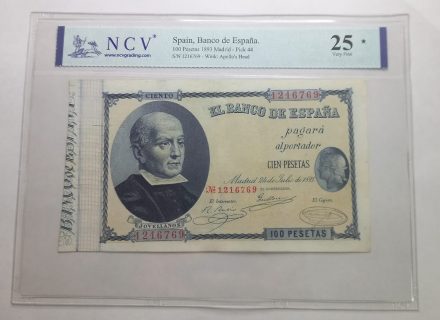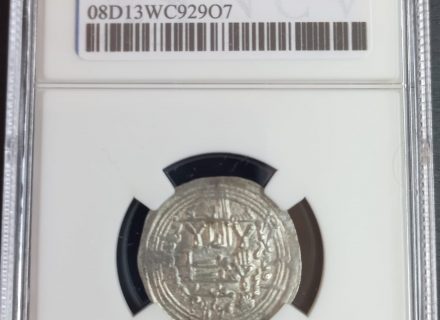
6 numismatic destinations to go on vacation
As a vacation approaches and we start thinking about our travel plans, we often find ourselves daydreaming about the destinations we want to visit. Our list of desired places to go is usually quite long. To help you get started, here are some suggestions for numismatists and history buffs that you will surely like.
Compiling a list of the best numismatic museums in the world would be incredibly difficult, and attempting to do so would seem rather presumptuous. If we were to pursue such a task, it would require taking into consideration the existence of museums that are solely dedicated to the history of money and specialize in the minting of coins and banknotes, along with others that have significant numismatic collections, among other subjects such as history and art. It’s worth noting that there are often real historical treasures to be found in small or even private museums.
Therefore, trying to unify criteria is very complicated, and we would not dare to prioritize quantity over quality or judge by age, provenance, or valuation criteria
The good thing about this hobby is that we will find coins and banknotes in almost any history or art museum we visit. But, given the choice, these are some of the numismatic ‘giants’ inside and outside our borders:
Casa de la Moneda Museum (Madrid)
You don’t need to go far to be delighted with great collections. Due to the Netflix series Money Heist (La casa de papel), this world-famous museum is highly valued by visitors worldwide. We enter a superb historical journey from the first coins to the present day. Its displays through videos, panels, and eye-catching showcases make it highly attractive to numismatics and history buffs and, at the same time, capture the attention of those who are not so into the subject. There are activities designed for the whole family, so you will not have trouble dragging your family there if you are sightseeing in Madrid. Ah, admission is free!
Real Casa de la Moneda (Segovia)
And since you are in Madrid, you cannot miss this architectural jewel of the sixteenth century an hour from the capital. Two hundred years ahead of the Industrial Revolution, Philip II was able to mint coins more quickly and perfectly, this being the first mechanized mint in Spain. The pharaonic restoration of this avant-garde factory designed by Juan Herrera is worth a visit. It is also in a privileged location, at the feet of the city’s Alcazar, which needs no introduction. Whether or not you are a genuine collector, you will have enough reasons to visit this magical city.
Smithsonian Museum of American History (Whasington DC)
The National Numismatic Collection in this magnificent museum boasts the world’s largest collection, with over 1.5 million examples from all continents over three millennia. The museum has been collecting from public donations and private collections since the mid-19th century. If visiting the U.S. capital is not feasible, you can always explore its incredible online collection of digitized items, which is expanding daily. It will blow your mind!
British Museum (London)
Apart from numismatics, the British Museum in London has numerous other collections worth exploring. The museum’s collection of numismatic objects spans over 2,700 years of human history, from the 7th century BC to modern times, and includes more than 800,000 items from around the world. In addition to numismatics, the museum houses medals, banknotes, and commemorative collections. There are both permanent and temporary exhibitions that visitors can explore at their leisure.
National Museum of Scotland (Edinburgh)
On the same island, although much further north, this museum illustrates the country’s history through its currency. As part of their culture, in the different coins, you can appreciate the stages through which their society has passed (with a fascinating history behind them), their conquests, and their advances. It boasts beautiful pieces from the Viking era, among others.
History Museum (Frankfurt)
The Numismatic Collection is one of the 15 permanent collections of the German museum. From the Greco-Roman Empire to the Euro. A collection that began in 1749, the year of Goethe’s birth, with the legacy to the city of more than three thousand Greek and Roman coins. Today, that collection amounts to more than 150,000 specimens, with samples of practically all the coins minted in the German city throughout its history and samples from all over the country.
What other numismatic museums would you recommend?



